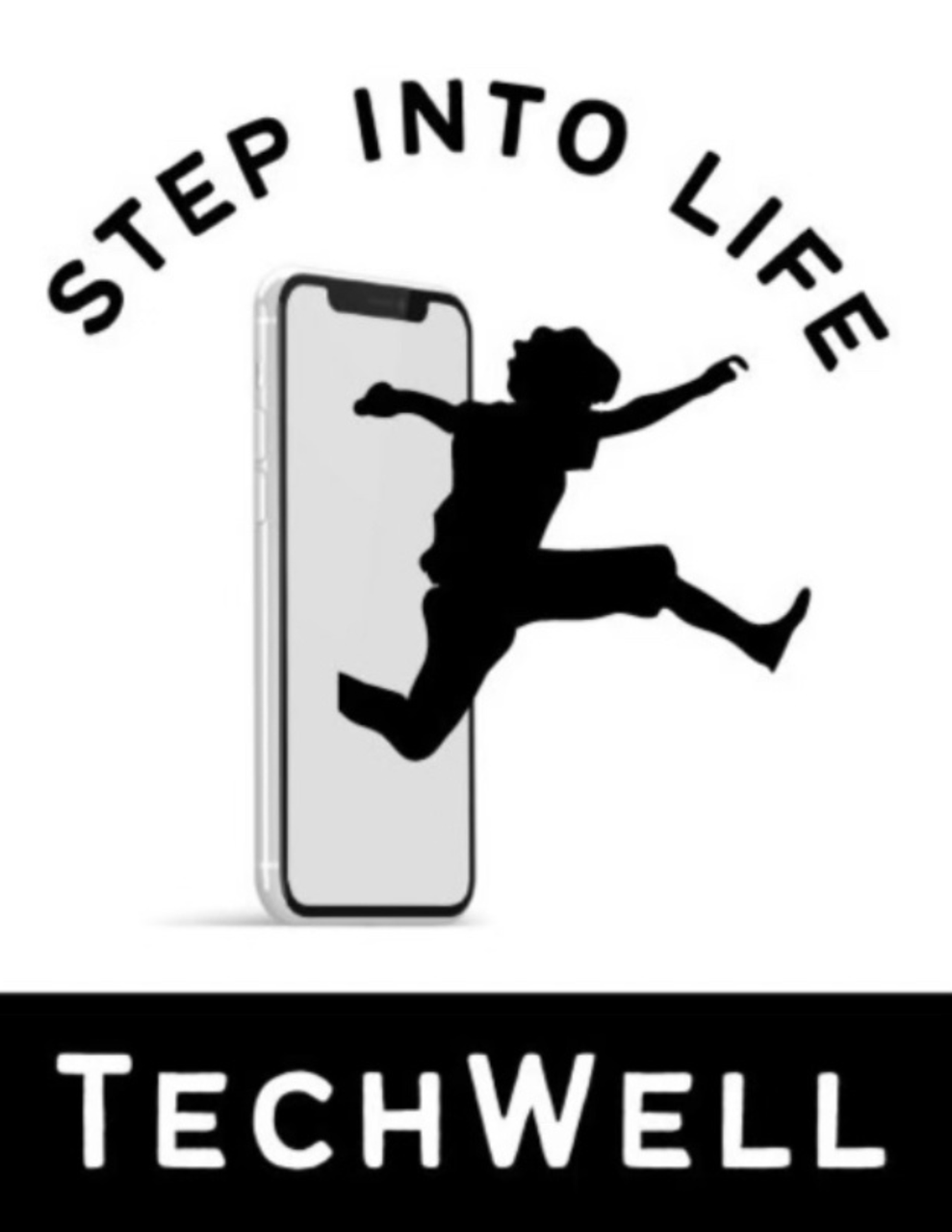Screens in Schools: How Much Are They Worth?
From October 2022
Each year, schools in the United States spend billions of dollars on screen-based technology. But is all this spending actually improving student learning?
A global study of 600,000 students across more than 80 countries found little to no connection between heavy investment in educational technology and improved academic outcomes. In fact, countries that spent the most on tech showed no measurable gains compared to those that spent far less. Notably, some of the world’s highest-performing education systems—such as South Korea and China—reported relatively low levels of computer use in the classroom.
There is some evidence that one-to-one laptop programs can support learning, particularly in upper elementary and high school grades. However, the impact is modest at best. When compared to proven, low-tech interventions like reduced class sizes or targeted small-group tutoring, laptops tend to be less effective overall.
Tablets may be even more problematic. Unlike laptops, which show some small positive effects in certain settings, global research has linked tablet use in schools to negative academic outcomes.
So what should we take away from all this?
The key message is clear: more technology does not automatically mean better learning. While tech can enhance education when used thoughtfully, it’s worth asking hard questions. What does it mean to use technology well? Are we fully considering the hidden costs—like impacts on students’ physical health, emotional well-being, and social development? And how can schools find a balance: maximizing the benefits of tech while minimizing its downsides?
These are the questions we’ll be exploring in upcoming posts. Stay tuned.
